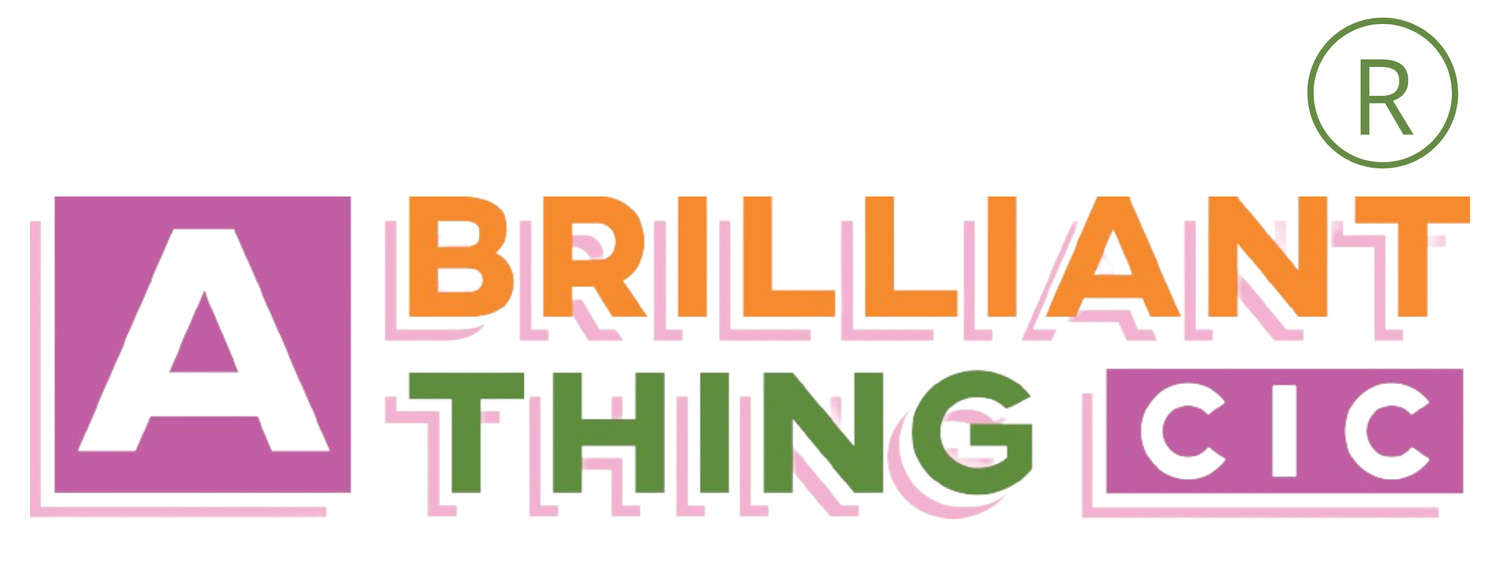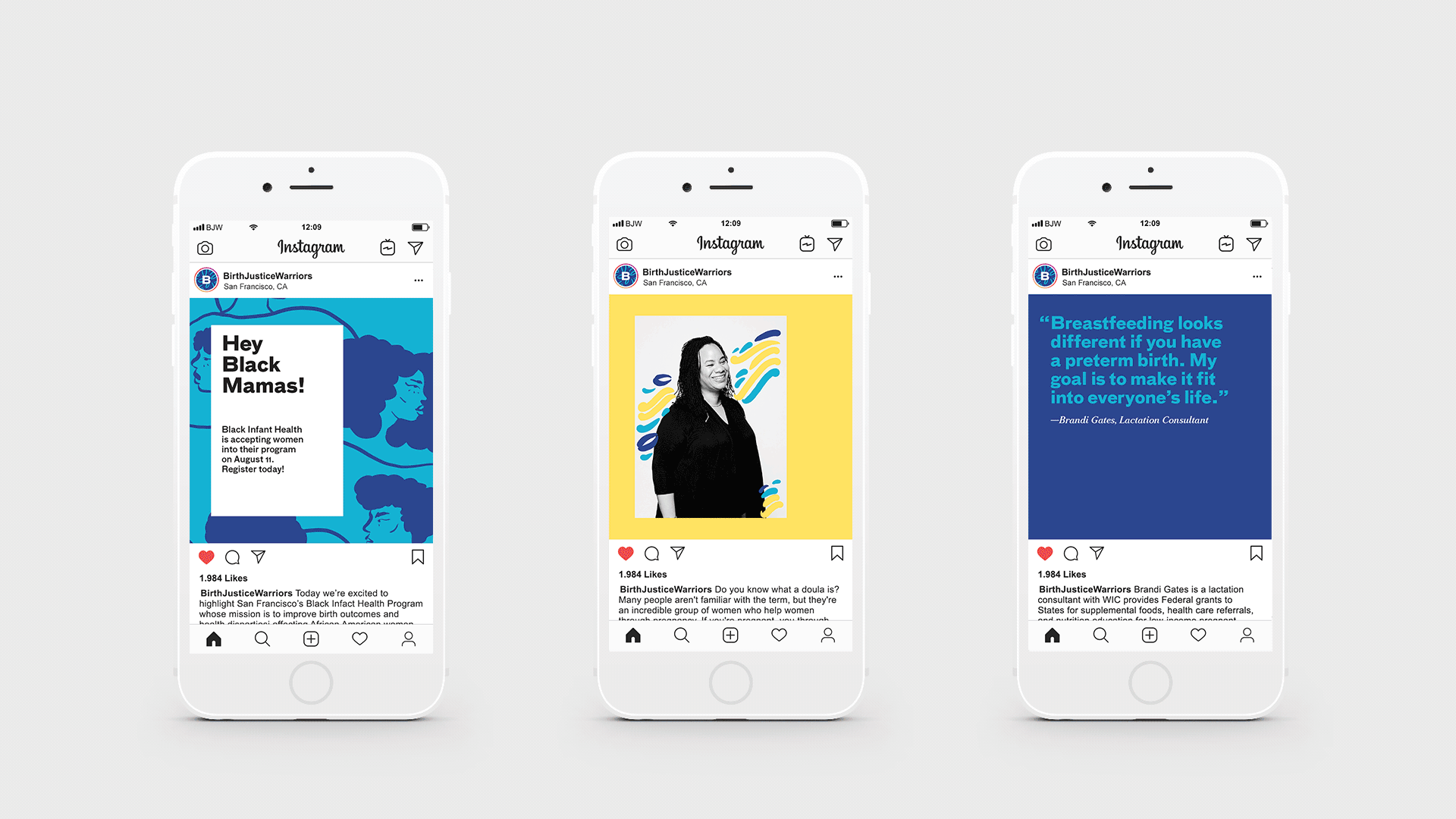What is design-thinking & how can it make your work brilliant?
Design thinking is a process, that moves thinking from challenge to solution. Through a series of creative structured activities, initial ideas become valuable innovations.
It’s a special type of innovation process because it puts the human- the person who is impacted by the challenge, and who will benefit from solution, at the heart of the process. This means skills and capabilities like empathy, listening and being open to learning are important and that developed solutions are more likely to be effective and successful.
Design-thinking roots
Design thinking isn’t a new concept, the phrase was coined in 1969 by economist and Nobel prize winner Herbert Simon, who discussed using design as a science for thinking.
More recently Tim Brown of IDEO popularized a 5 phase design thinking model.
Empathise | Define | Ideate | Prototype | Test
The British Design Council articulated the Double Diamond model, adding in Design Principles and Method Bank to the core model to guide and shape the work.
Engagement and Leadership surrounds the model, describing the culture needed for innovation.
Both these frameworks begin with a challenge and end with a solution. Both models move teams through exploratory stages, opening up thinking and perspectives before refining ideas, trying out different versions and developing a solution, perfectly tailored to the customer or beneficiary.
Innovative work
What is new, is the myriad of surprising ways that design thinking solves problems. Its often used in tech and big pharma companies to develop new products and services but the methodology has been applied to designing learning programmes using ice cream, junk modelling to design a pharmacy, innovating between tech and health through a toothbrush to creating dynamic voting systems focused on equality. I’ve used design thinking to collaborate with GP Practices and to create a community redistribution centre for food and supplies.
Examples
An excellent example of design thinking is the highly successful Voices for Birth Justice Campaign which featured black women as their tender, joyful, multifaceted selves, to raise awareness of the racial inequality within childbirth survival rates.
Design thinking unlocked the power of communicating the problem through real womens experiences and gained huge support for the campaign.
Another high profile example of design-thinking in action is Airbnb, one practical way the start up was transformed into a multi billion dollar business was through empathy and discovery. In the early days, through close customer conversations, listening and gathering of data, Airbnb discovered, through a design-thinking, that their offers were not selling because of low resolution photos, taken by home owners.
They understood that they needed to spend time in customers homes, with a camera capturing how special the experience could be.
Cue a team of talents photographers flown into New York to take lifestyle shots of peoples homes, setting the tone for the imagery across the website.
Applications and Capabilities
Design-thinking coaching, guides and supports teams to discover, define, develop and deliver brilliant:
Strategies, Communication plans, Project plans, Evaluation Frameworks
Organisational Cultures, where equality, collaboration and connection is valued
Creation and implementation of new services or products
Design-thinking coaching helps teams learn valuable capabilities that can be applied in other areas of work, from research skills to developing excellent team communication, managing conflict and learning from failure.
Team Experiences
There are lots of design-thinking tools out there, empathy grids, personas, journey mapping, emotional response cards, vision cones- all of these are really useful but as a facilitator and coach, I love the way creativity can infuse the design thinking process.
I like to tailor the activities to the team and context to increase engagement with the team and personalise a coaching experience. Some of my favourite design-thinking activities are using junk modelling to test ideas, using our phones to create photo journeys or soundscapes to describe a client experience, collaging personas and storytelling with found objects.
Design thinking practices offer teams playful learning experiences that encourage connection and build trust. If you’d like to explore design thinking, find out more about Brilliant Thing team coaching here







